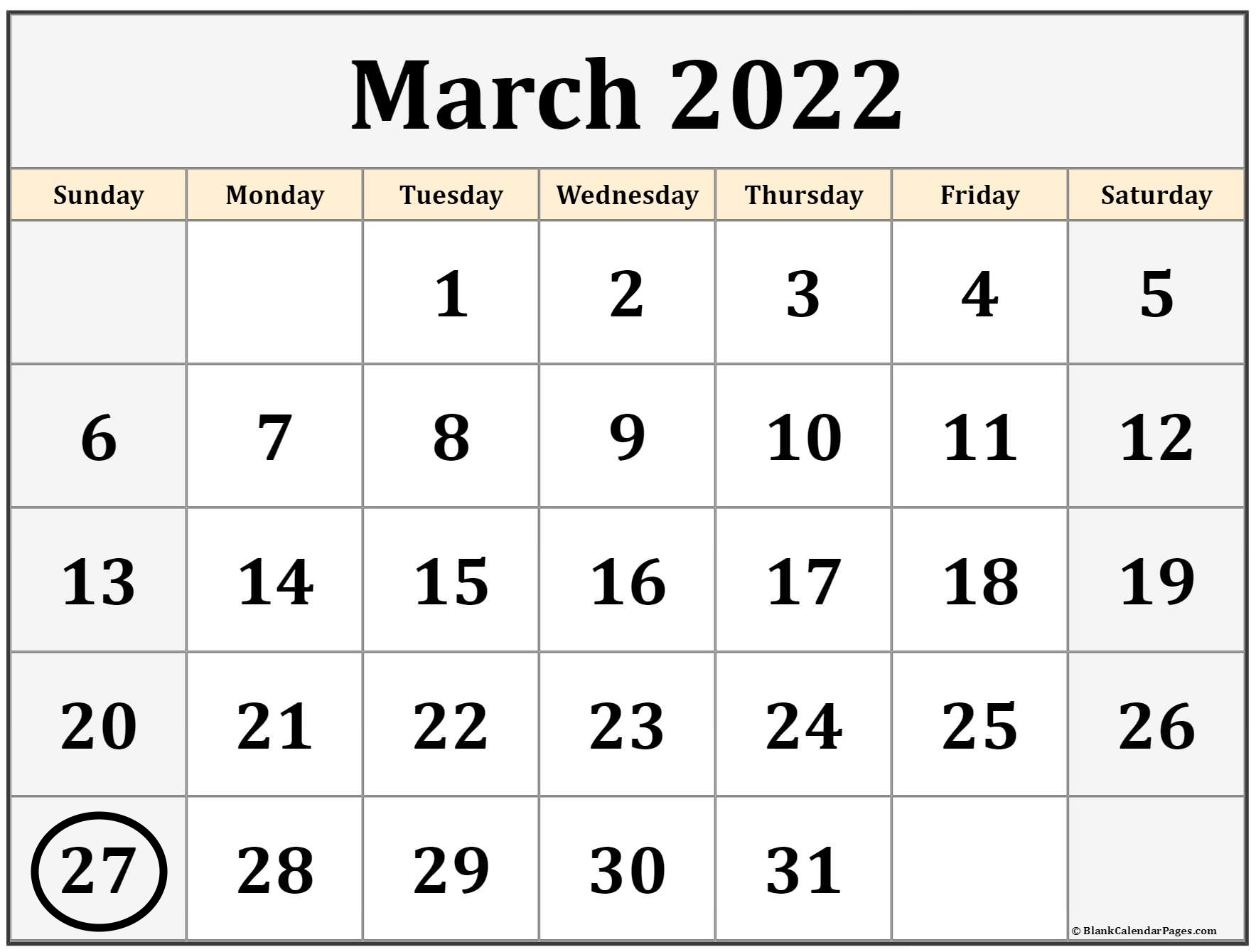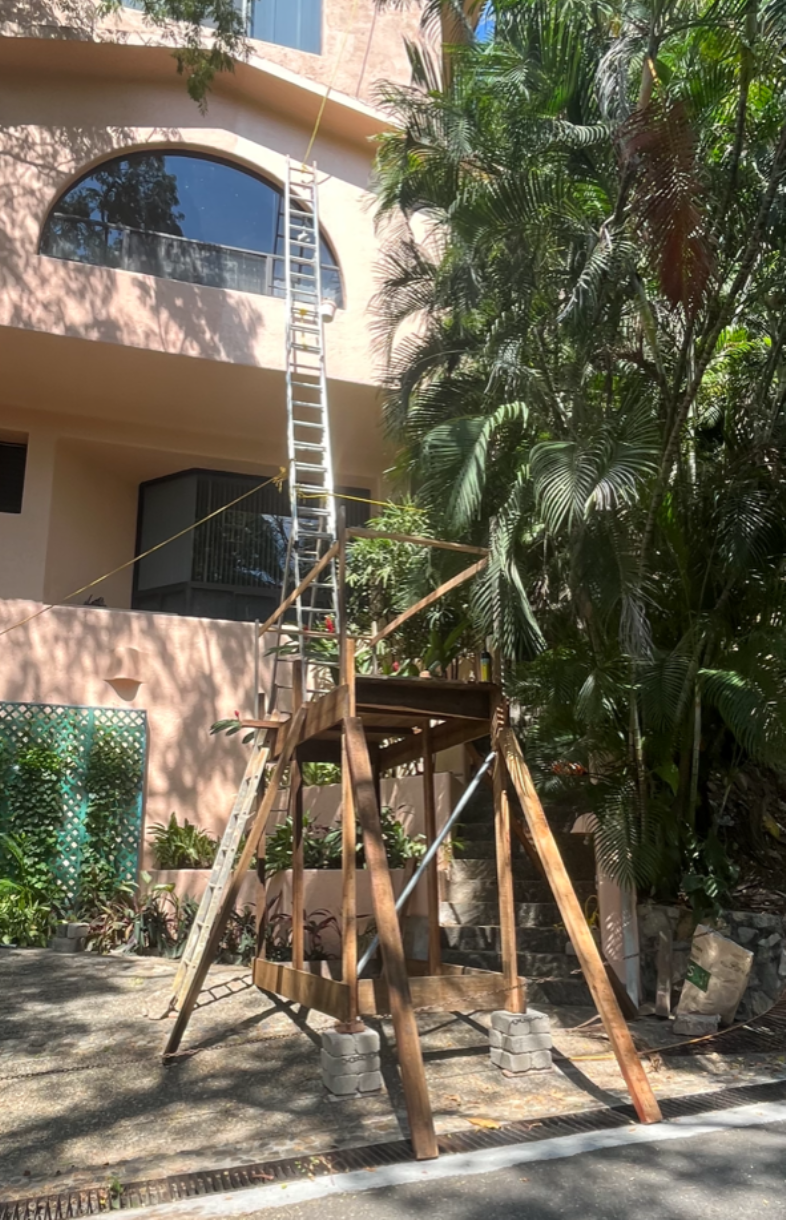Emotional health and worker safety go hand-in-hand.

Employers play an important role in engaging employees in healthy lifestyles, and research shows that employers who invest in the emotional health of their workforce see a return on that investment with improved safety performance.
In fact, mental and emotional health, as it relates to worker safety and productivity, is one of the hottest topics being discussed in board rooms, human resource departments and executive offices across industries.
The recognition that emotional health impacts the likelihood of employee injury has pushed the concept of employee emotional health, or wellness, to the top of the agenda.
The emotional well-being of employees is paramount to the success of a business.
For example, stress and anxiety can impair decision-making, impact reaction time and ability to recognize a risk or hazard, while also affecting relationships with others. This, in turn, can create more risks and problems in the business.
Unfortunately, Americans are more stressed than ever. According to the American Institute of Stress, 48% of Americans surveyed say stress has a negative impact on their personal and professional life.
In addition, 77% of people regularly experience physical symptoms caused by stress. In fact, a steady diet of stress is responsible for the majority of illnesses and has been linked to such life-threatening conditions as heart disease, cancer, stroke and immune system disorders. Emotional problems like depression, anxiety and insomnia are often traced back to stress.
Stress, emotional issues and a lack of enthusiasm in the workplace can take a toll on employees – mentally, physically, and emotionally, When employees feel overworked, underappreciated or unchallenged, they enter a constant state of stress and it is reflected in their performance.
An employee who is burnt out on the job may have trouble getting along with co-workers, management or even customers. He or she may become apathetic about how they perform their job, moving slowly and sloppily through tasks at which they used to excel.
A stressed out or emotionally unwell employee may begin calling in sick on a frequent basis, and contrary to what some may believe, he or she may actually be sick.
And perhaps the most important thing to keep in mind is that stress and emotional turmoil is contagious.
It takes just one stressed out, unsatisfied employee or manager to start a stress epidemic in a business. As the burnt out employee or manager begins to complain about the job to others or his/her bad mood affects the moods of other employees, poor attitudes and performance can spread like wildfire, while also increasing the chance for physical injuries while working.
What’s more, having a group of apathetic, irritable employees can negatively impact everything from productivity, sales and customer service to a company’s health insurance costs.
Kris Corbett has more than 25 years of experience working in wellness, safety and injury prevention creating innovative and effective products and services for companies looking to achieve sustainable results.
As Corbett explains, more companies are now using wellness as an injury prevention strategy. “If people are well and healthy, they are less likely to get hurt in the first place,” Corbett says. We need to look at the overall well-being of the workers and that includes physical health and mental health. It needs to not just be about safety advocacy as it relates to keeping people safe in environments. Rather, it is about the overall well-being of the worker which will not only create a culture of caring but will improve morale and overall company performance.
An evolution of sorts
For many years, focusing on the emotional health of employees simply wasn’t part of the conversation.
“People felt like it was a private matter and you should take care of that outside of work. But today more people spend more time at work than they do at home,” Corbett says.
So when you are thinking about safety and injury prevention, the stress on their mind means their mind is not on the task or the work at hand.
They are putting themselves at risk and depending on the work tasks a moment of being inattentive could result in a catastrophic injury or incident,take the construction industry, for example.
The emotional health and well-being have come to the forefront because construction has one of the highest suicide rates in the industry.
“There is often a mentality that men should be able to handle it, put on a happy face and deal with it. Often men think, ‘I’m not supposed to be struggling with this, I should be able to handle this issue’ and they simply don’t get the help that they need, which is one reason this industry is plagued with high suicide rates.
Luckily, the construction industry is working hard to break that stigma,” Corbett says. “Construction workers also have very physically demanding jobs that can take a toll on their bodies, often resulting in aches, pains and injuries. If we look at people who are in pain, they often aren’t sleeping well, they may be prescribed opioids or other prescription drugs or maybe they self-medicate with alcohol.”
What’s more, the ever-changing environment of the ongoing COVID pandemic is wreaking havoc to people’s emotional well-being. From evolving mask wearing rules to vaccination protocols to kids engaging in remote learning while parents work is causing significant levels of anxiety and stress.
“Then add to that the fear of the disease itself and how it may affect your loved ones if they contract it – all of this is impacting the emotional well-being of today’s workforce,” Corbett says.
Steps to take
Companies across industries are recognizing that emotional health has to be a piece of employee wellness.
“In fact, someone once told me that everyone should have a therapist, just like we have a dentist or a primary care physician. It is that important that people check in every three months or every six months, just like we would for a dentist. It’s our brain health yet we are not thinking of that the way we would with anything else,” Corbett says.
Luckily the conversation is changing as more and more people are starting to recognize that we all need to feel comfortable saying, “You know what, I’m not feeling well – emotionally.”
“Today’s dialogue is shifting to focus on making sure companies have resources in place for employees to get the help they need,” Corbett says.
For example, some companies now have full-time therapists in place to provide employees sessions where they can talk through issues that may be causing anxiety, stress or depression. In addition, companies are starting to emphasize employees should look out for coworkers, helping to recognize the signs and symptoms that they may not be doing well emotionally or mentally.
Some companies are also encouraging employees to take a mental health assessment, which employers can establish via online programs or with a mental health professional. Once a baseline is set with the mental health assessment, employees can utilize tools such as websites that provide links to coaches and information on topics like stress management, depression and sleep management.
Corbett stresses that focusing on emotional and mental health factors that are not directly related to the work at hand can make a positive impact to your workforce. Wellness plans, for example, can be enacted to focus on overall health awareness and strategies to improve worker well-being – all of which will make a positive impact on safety and injury risk.
In addition, open, honest, respectful communication is key to creating a caring work environment that recognizes when a worker may not be at his or her best. Recognizing when a worker may be struggling especially when a work task could potentially be risky or dangerous is essential to recognizing a potential risk.
Create an open environment in which employees can always talk with a manager if they have any issues, whether it be that they are overworked, are having trouble getting along with a fellow employee, etc. Employees need to know that they have someone they can trust to listen and help sort out their problems before their performance is compromised by workplace issues.
“It’s okay to raise your hand and say, ‘I need help’ or ‘I’m afraid I will put myself or others at risk,’” Corbett says. “It’s helpful when we are seeing so many people in the public eye, specifically professional athletes talking about their struggles and the importance of how mental health can affect performance while also trying to get rid of the stigma that people who are at their top of their game should not be struggling.
The pandemic also has added to the stress we all have been faced with and I believe it will help to keep mental health in the forefront and bring resources to our communities, schools and workplaces all of which will strive to bring attention to this important topic.”
Product Feature: Posters, Reference Materials, Signs & Stickers

Posters, Reference Materials, Signs & Stickers are a valuable tool for companies to keep safety at the forefront of their employee’s minds.
Bring safety to the forefront with strategic placement of posters and signage designed to display simple and powerful messages.
Reference materials including ANSI Manuals of Responsibilities and rigging handbooks are an excellent tool for operators to have on hand.
Available for forklifts, mobile elevating work platforms (MEWP), loaders and excavators.
Click to browse or purchase our
Posters, Reference Materials, Signs & Stickers
New ANSI/ITSDF B56.6 Standard in Effect Soon

The new ANSI/ITSDF B56.6 2021, Safety Standard for Rough Terrain Forklift Trucks released last year will go into effect on March 27, 2022.
Most of the changes in it over the 2016 version are relatively minor but one significant change for users is the inclusion of the requirements for safe use planning similar to those applicable to MEWPs.
The following is a list of some of the changes we thought you might find interesting but keep in mind that we had to be careful to not reproduce any direct wording from the standard here in order to avoid copyright infringement.
Remember, you can download this standard for free at
www.itsdf.org.
1. Terminology
a. Instead of spelling out rough terrain forklifts every time, the abbreviation RTFL is used throughout the standard which means you will probably see it used by manufacturers and other entities throughout the industry soon.
b. All gender-specific wording and/or references in the standard are removed.
2. Safe Use Planning
In the “For the User” part of the standard, Section 5 – General Safety Practices has a brand-new requirement, 5.2 - Safe Use Planning.
There are ten items listed under requirement 5.2 but none of them should really come as any surprise to responsible users, especially those with IVES Certified Trainers.
In fact, the only part of this new requirement that may result in the need for immediate action is the need to physically produce a written safe use plan specific to the RTFL.
The following list paraphrases the items that fall within the safe use planning requirement:
a. Complete a worksite risk assessment that illuminates any hazards and the degree of danger they represent and also contains the safe methods developed to deal with the hazards that must be conveyed to anyone who could be exposed to the hazards.
b. Making sure the RTFL is capable and equipped to perform the task required in the environment the task is to be carried out.
c. Making sure the site is safe and adequately prepared for using the selected RTFL.
d. Ensuring the RTFL is in good working order and is inspected, maintained and repaired by qualified people acting in compliance with this standard and the manufacturer’s instructions.
e. Training and authorizing operators in accordance with applicable OSH regulations before assigning them to use an RTFL.
f. Providing additional training, as needed, to operators specific to each RTFL they are assigned to operate.
g. Making sure operators are aware of and follow company/site safety policies and that they have ability to protect themselves from known hazards where they will be working.
h. Ensuring all work activities are supervised and compliance with safety rules is enforced.
i. Preventing unqualified people from using an RTFL.
j. Making sure the safety of anyone that may be nearby a working RTFL is also taken in to consideration.
3. Manuals
Another addition to Section 5 – General Safety Practices, is the addition of requirement 5.4 – Manuals.
This requirement has four sub-sections listed 5.4.1 through 5.4.4 and once again, with copyright infringement in mind, here’s basically what they say with respect to the manufacturer’s operation manuals:
a. They are considered as much part of the unit as any of its other parts.
b. The user of an RTFL has to make sure all the manuals are with the unit upon purchase.
c. The user of an RTFL has to make sure all the applicable operator’s manual and any other
documents containing safe use information is with the unit upon lease, rental or borrowing of the unit.
d. The operator’s manual must be kept on the unit in the storage area provided/specified by the manufacturer.
4. Highway Trucks and Trailers
Part 5.14 of the For the User sections, Loading and Unloading Highway Trucks, Trailers and Railcars was expanded to include additional safety information on working with highway trucks and trailers.
The 2016 version of the standard contains some information on this but focused mainly on railcars.
5. Truck/Vehicle
Items 6.3.3 and 6.3.5 have been slightly revised with the term truck being replaced with the terms vehicle and equipment or vehicles respectively.
6. Parking Near Railroad Tracks
The second sentence of Item 6.3.7 on parking near railroad tracks has been revised to clarify that the unit or any part of its load should not be parked near railroad tracks (within 6ft / 1.8 m).
7. Ground Conditions
Item 6.3.15, the requirement to slow down on wet and slippery floors has been revised to slow down on any ground conditions that could cause a reduction in traction or stability.
8. Towing Capacity
Item 8.5.6(i) requires manufacturers to now list the specifications relative to the unit’s towing capacity if it is equipped with a designated towing point.
Other parts of the standard contain revisions that address design and construction requirements that have no significant impact on the safe use of the equipment or the training of operators.
However, remember that the standard can be downloaded for free at
www.itsdf.org and keep in mind as you look through it that any requirements that are different than the 2016 version identified by a “(21)” noted in the left margin beside the affected requirement.
The IVES Team
Incident Report: Washington State fines construction companies $20,000 USD after convention center death.

Washington state has fined two construction companies a combined $20,000 after a construction worker was killed at the downtown Seattle convention center expansion.
In citations issued last month, the Washington State Department of Labor & Industries said “an employee” was operating an 11,000-pound scissor lift extended about 27 feet into the air. “As the employee maneuvered the lift, a wheel of the lift went over a hole that was fitted with a 3/4″ piece of plywood. The plywood collapsed causing the lift to tip and fall,” the citations say. L&I confirmed the citations resulted from its investigation opened after Phillips’ death.
According to L&I, two companies operating at the site did not ensure employees operating lifts kept a safe distance from the holes and did not ensure that the coverings could support the heavy equipment being used.
The state ordered Performance Contracting Inc., or PCI, to pay $13,000 and ordered Clark Construction Group to pay $7,000. L&I sets fines based on the severity of the hazard, the company’s safety record and the number of employees in the company, according to the agency.
In an emailed statement, Clark Construction Vice President Ben Eitan said that over the last several months the company has “instituted new measures to underpin our existing jobsite safety program, such as deepening conversations with all trade partners — from principals to crews, establishing a universal safety platform to enhance safety management and communications practices, initiating recurring safety walks with all project foremen, and providing counseling services to support the emotional wellbeing of our workforce."
PCI did not respond to a request for comment. Neither company has appealed the findings so far, according to L&I. Phillips was an employee of PCI, according to L&I.
The citations were issued in February and obtained by The Seattle Times through a public records request.
In its investigation, the
state found that PCI did not ensure that hole covers at the site could support twice the weight of equipment “that may be imposed on the cover at any one time.”
Six holes at the site were covered by three-quarter-inch plywood that could not support the weight of an aerial lift, the state found. The company corrected that during an inspection, according to the state.
According to L&I, “at least four employees were exposed to tipping hazards while operating heavy machinery” at the site.
“The tipping or falling of heavy equipment exposes the operator and personnel in the area to crushing or falling hazards, resulting in permanent disability or death,” L&I wrote in the citation issued to PCI.
Clark Construction, “as the upper tier contractor,” did not fulfill its “non-delegable duty” to ensure the operator kept a safe distance from holes and to ensure that the hole covers could support the machinery,
L&I wrote.
Ask Bob

Free technical support for all IVES Certified Trainers!
Question:
Hi Bob!
Does a forklift trainer have to be forklift certified in order train or recertify employees?
We have a forklift trainer whom is not certified to operate a forklift but is allowed to train and recertify employees. Is this allowed?
Answer:
Thanks for the great question!
No, a trainer does not need to be a ‘qualified’ operator to be a trainer.
However, most regulatory agencies expect trainers to have enough operational experience to be able to demonstrate with the equipment anything they ask their trainees to do.
Bob
Interesting Articles
- Two workers jump onto building's roof after boomlift tips over [VIDEO]...more.
- Man dies after being crushed by forklift...more.
- Fire Chief dies after falling from scissor lift...more.
- As spring approaches, WorksafeBC reminds employers of all risks...more.
- Thieves use forklift to steal grocery store ATM [VIDEO]...more.
- Driver dies after Front-End Loader crashes into her...more.
- Workers create unsafe environment in attempt to paint building...more.

Client Testimonials

"I have taken 8 forklift courses prior to this one and this is by far the most informative and professional." Edward, Premium Forklift Train the Trainer Program.
"Extremely helpful in making sure my employees are properly trained." James, MEWP Train the Trainer Program.
"I like the attention to detail that IVES put into their training programs. All the information given to me through the website will make my future training classes much easier." Iosef, Express Counterbalanced Forklift Train the Trainer Program.